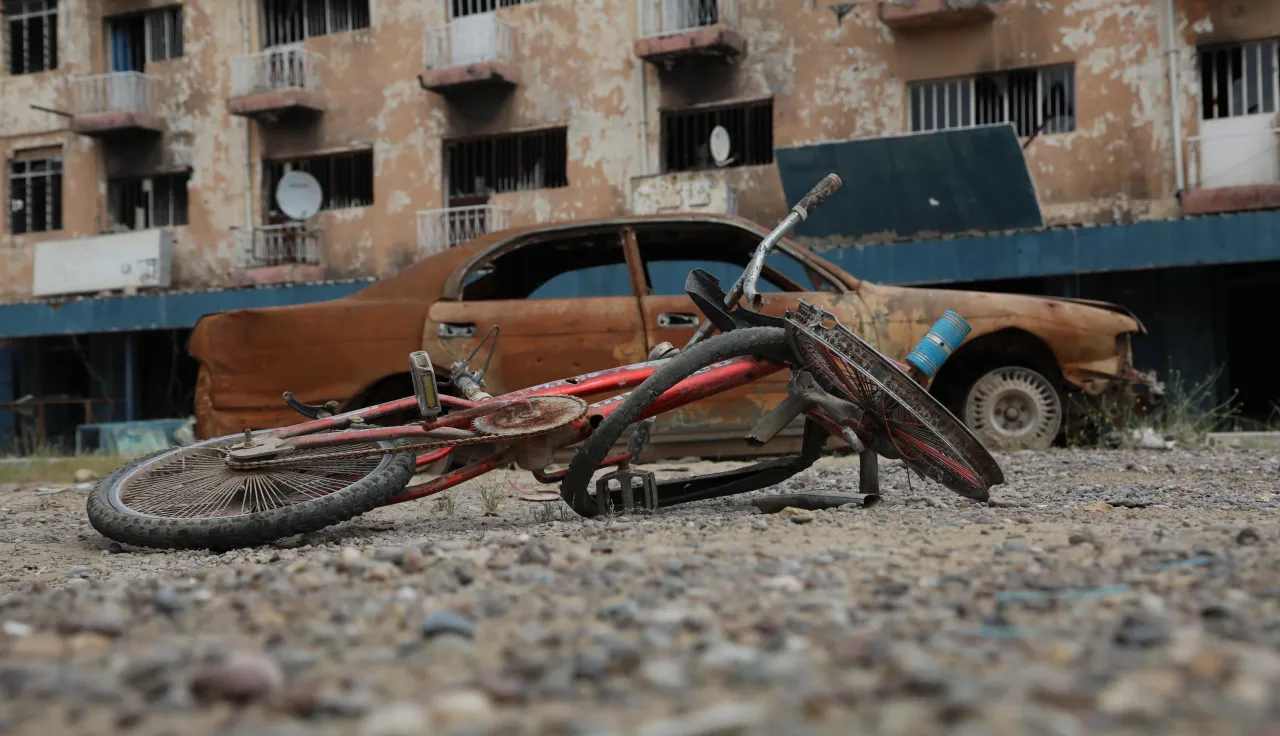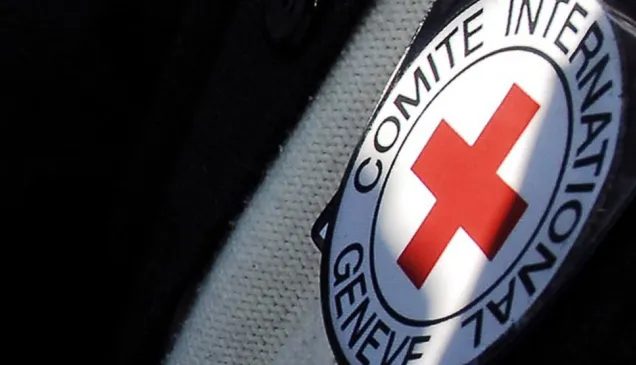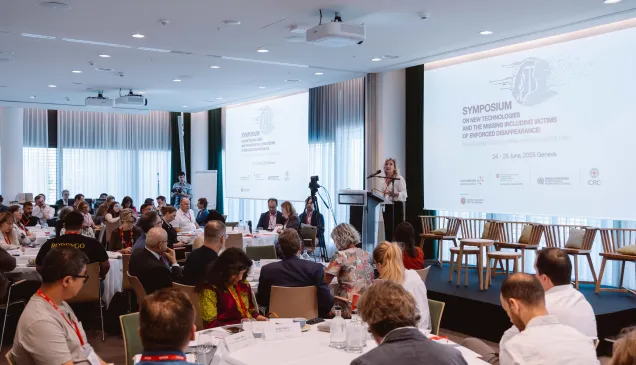Excellencies, ladies and gentlemen,
The use of heavy explosive weapons in urban and other populated areas has been a grave concern to the ICRC for many decades.
On a daily basis, ICRC staff working to protect and assist those affected by armed conflict bear witness to the human suffering resulting from the use of what we call "explosive weapons with wide area effects", or heavy explosive weapons.
These include large bombs and missiles, indirect – and often inaccurate – fire weapon systems such as artillery and mortars, multi-barrel rocket launchers and improvised explosive devices. Their use in populated areas is a major cause of civilian harm in today's armed conflicts.
One need only look at cities like Sana'a, Mosul, Raqqa, Aleppo or Gaza City, or other populated areas like the Donetsk region in Ukraine, numerous villages and provincial cities in Afghanistan, the outskirts of Tripoli and the downtown Benghazi in Libya, or Nagorno-Karabakh, to see their devastating humanitarian consequences.
Scores of civilians are killed or injured, often left with permanent disabilities or grave mental trauma. Cities are turned to rubble, with houses, infrastructure, schools, means of livelihood and cultural sites destroyed. Services essential for human survival collapse, leaving entire populations without access to water, sanitation, electricity or health care, and trigger displacement. Streets and backyards are littered with unexploded ordnances, which keep on killing long after hostilities have ended. Reconstruction costs and further impacts on development can be enormous, especially when the use of heavy explosive weapons happens in protracted conflicts.




